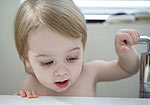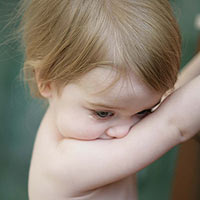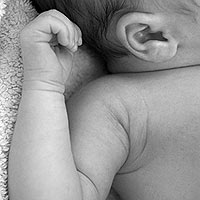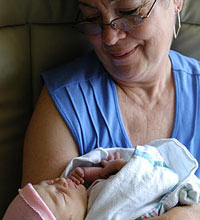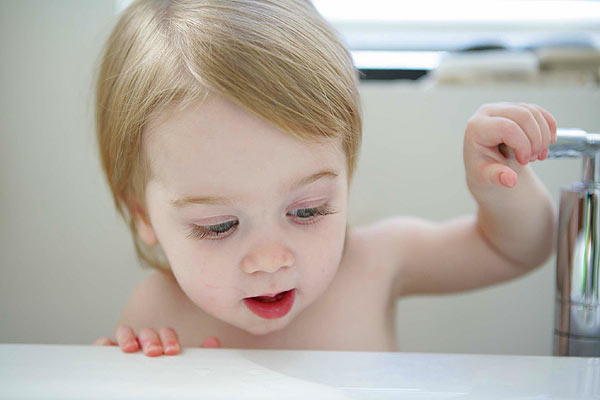
The cover story in our March issue is a guide to the best stuff for kids, parents, and moms-to-be. We provide a field guide to birds and critters to take along with you on your next hike, advice from Chicago’s reigning baby-sleep specialist, and even a taste test of birthday cakes from the city’s top-tier bakeries.
|
|
With all of these new adventures to capture in photographs, your usual blurry, dark, red-eye-filled photos just won’t do. Photographer Katrina Wittkamp, whose 3-year-old daughter Ella served as our March cover girl, shares some tips on how take fabulous pictures of kids.
1. Don’t pose your children. Take pictures of real moments, like baby taking a bath, mommy rocking baby to sleep, reading bedtime stories, snuggling with grandma, jumping on the bed, etc. These photos turn out to be more precious and interesting than the typical “pose and grin” shots. “I see so many parents yelling at their children ‘Look at the camera and smile! Look at the camera! Smile!'” says Wittkamp. “Finally the child will start to cry—or will look up and give the camera a superficial grin.” Let your kids be kids, and try to be more of a documentary photographer than a camera tyrant. It’s OK to ask them to look at the camera once in a while, but don’t badger them to force a smile.
|
|
2. Get in close. “One of the biggest differences I see between professional and amateur photos is distance from the subject,” says Wittkamp. Don’t be afraid to try close-up shots of your kids; they often end up being your favorite photos, especially with babies. Get shots of their toes, their hands, their dimpled bottoms. Also, when shooting close-ups, turn off the flash and use available light.
3. Use window light whenever possible. Using the flash invariably distorts the colors in the scene. Turn it off and lead your subjects to a source of natural light.
4. Always keep a camera nearby. Wittkamp says she keeps cameras in different locations of her home because she doesn’t want to miss capturing any great moments. “I love the way the light looks in our bedroom in the morning, and our daughter usually stumbles into our room and crawls into bed with us at 5 a.m.,” says Wittkamp. “So I have a camera on hand to get shots of her sleeping or snuggling with her daddy. I don’t care if her hair is messy or that she’s in her pajamas. Those real-life touches just make the photos more endearing.”
|
|
5. Invest in a digital single lens reflex (SLR) camera. Point-and-shoot cameras have smaller sensors than SLRs, lowering the image quality. You can shoot a shallower depth of field with a SLR—great for portraits of kids and babies. Also, an SLR allows you to switch lenses for more flexibility and varied photos. While they are more expensive—prices range from $600 to $8,000—Wittkamp says making the switch to an SLR will immediately improve the quality of your portraits. For more on cameras, here is a guide from our December 2006 issue.
Photography: Katrina Wittkamp




